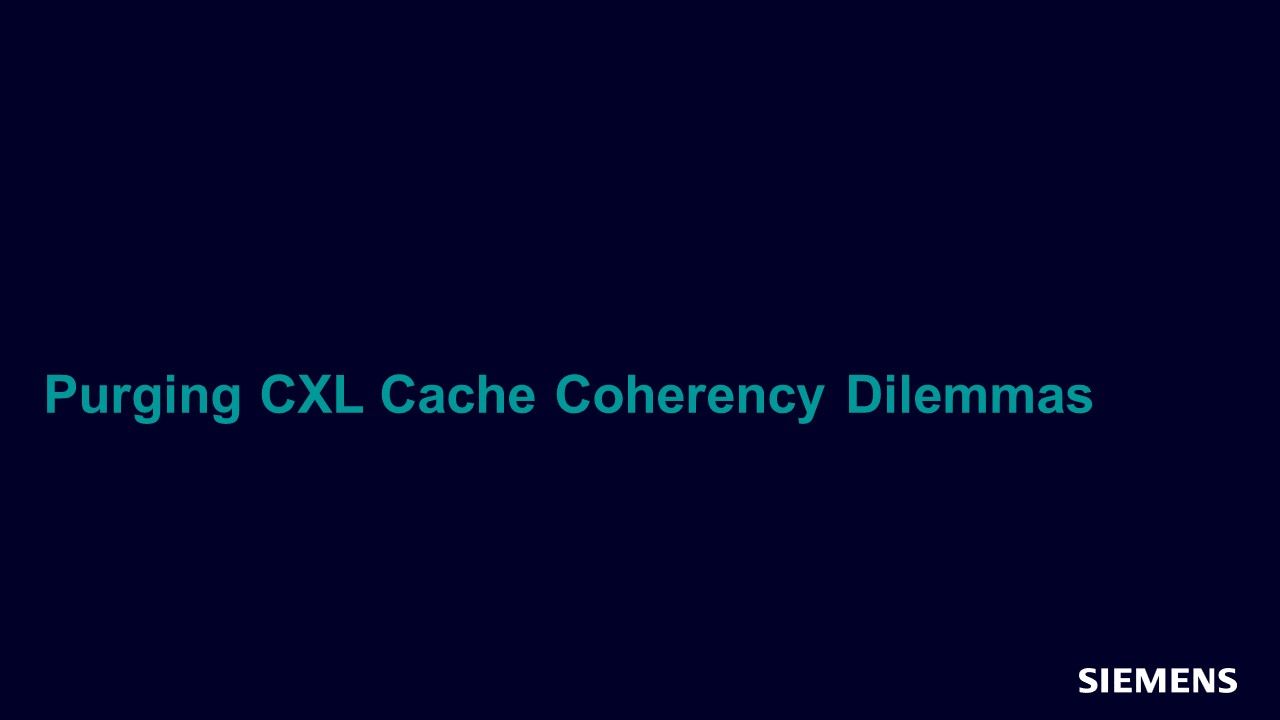Purging CXL Cache Coherency Dilemmas
The massive growth in the production and consumption of data, particularly unstructured data, like images, digitized speech, and video, results in an enormous increase in accelerators' usage. The growing trend towards heterogeneous computing in the data center means that, increasingly, different processors and co-processors must work together efficiently, while sharing memory and utilizing caches for data sharing.

Full-access members only
Register your account to view Purging CXL Cache Coherency Dilemmas
Full-access members gain access to our free tools and training, including our full library of articles, recorded sessions, seminars, papers, learning tracks, in-depth verification cookbooks, and more.